
The following is both an interview with Vic Picou and a call for a new “Director of Symposia”. Over the years since the group’s first “gathering” in 1987, Vic has emerged as an invaluable contributor to the growth, development and maintenance of NWSSA and its four yearly symposia. He has been at the literal center of the group, being a past President of the Board for several years and running its office from his home. He’s the one who answered those phone calls at all hours. At the same time he has directed and helped develop the symposia we currently offer.
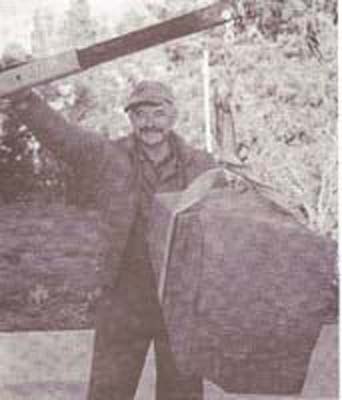
All of this was done in the midst of a professional life as a Physician Assistant, and an active sculptor. Vic shows and sells his work regularly, has produced a major monumental work (“Moonflower” installed at Group Health Capitol Hill Seattle) and is an avid creator. He is currently completing a sculpture of St. Thomas for a church in L.A. (to be installed in a niche 60′ up).
To me Vic epitomizes the spirit of this group. He is a collaborative, invitational, “people” person with a big heart who has given in uncountable ways to the life of this group, while doing his own art. He personally portrays the positive values of the group and has been instrumental in establishing them by example. He seems to always be encouraging others in their art and has a wellspring of enthusiasm. For all that, I want to offer appreciation and thanks.
Vic will be moving to California in about two years. He needs to reduce his NWSSA responsibilities by about 50%. This means he will “only” be able to manage the CB symposium and we need a committed person to be our new Director of Symposia (DOS). This person will work with symposia managers and support them as they develop and run the individual events. These include Whidbey Island Workshop, WA (3 day hand carving retreat), Silver Falls Symposium, OR (5 days), Camp Brotherhood Symposium, WA 00 days), and Camp Columbia Symposium, Thetis Island, B.C., Canada (5 days). (I encourage all to read/re-read the July/August NWSSA newsletter for multiple perspectives on the qualities of these symposiums.)
Vic and I start to talk about his work as DOS:
VP: I’ve got a responsibility to the Board of Directors, and to the membership. In actualizing that responsibility there are many activities. We developed a set of “symposium guidelines” (eight members met for hours, five years ago). It’s my responsibility to make sure those guidelines are followed. Each fall, the separate symposium committees begin to look at how they’ll do their program for the following year. They evaluate the last event, decide on faculty, and establish an approximate budget for the next year. I put all the separate budgets together and present this to the Board at the first of the year.
SS: How do you relate to the managers of each symposium?
VP: For example, a year ago, Mark Andrew agreed to direct the Silver Falls Symposium, and I approved that. I drove to the site with Mark and laid out the job description to him and set the tone for the development of his committee. Then he took over from there, using the guidelines (an explanation of the basic structure and requirements) to develop and work with his local committee.
After that, it was a matter of staying in contact frequently, to check how it was going, asking who do you have to help you?, what can I do to help you?, be snre to snbmit your budget by deadline, and so on. So it’s monitoring and supporting on a month-to-month basis. Helping him with the content of the brochure and coordination the design, etc. (whatever he needs help with).
We’ve had four symposiums in each of the last five years. Prior to that we had only one. It’s continued to grow and we’ve had a lot of turn-over of managers. All this has been challenging. If someone new comes on, I need to travel (to Vancouver Island or Oregon) to train them. (Vic doesn’t necessarily attend each symposium.) I needed to attend Silver Falls this year, as it was Mark’s first time and I wanted to help.
Now, Lloyd Whannell has managed the Whidbey retreat for three years and will continue, and Simone Weber-Luckham has managed the Camp Columbia Symposium for two years; they both have experience now and do a good job, so that means little supervision.
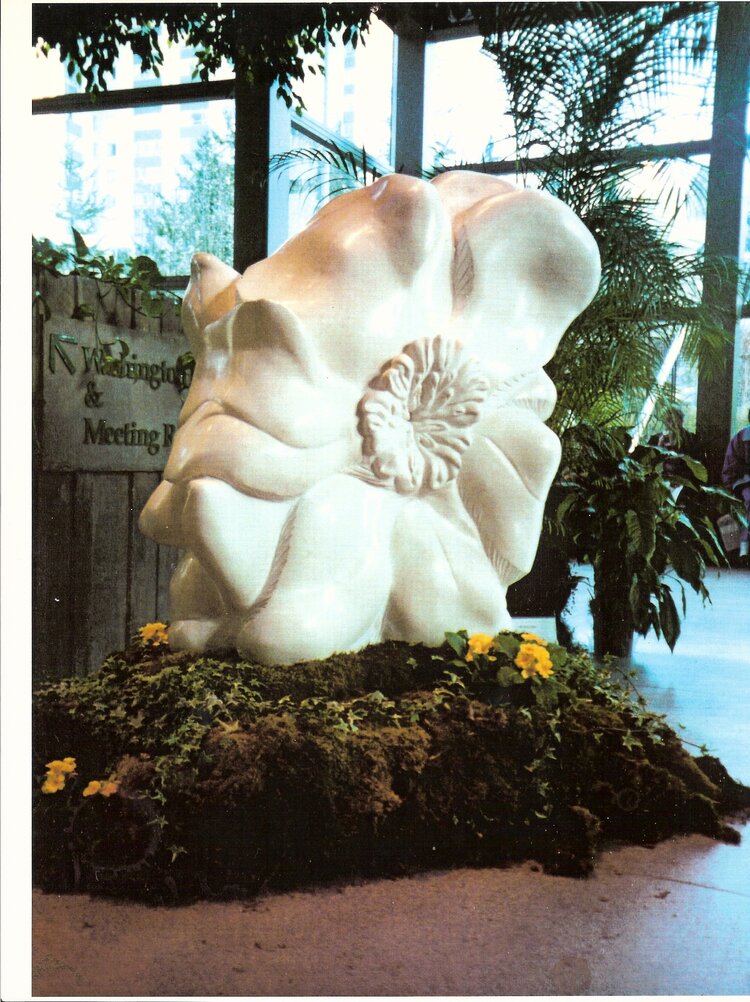
In the Fall, my job is to make sure that the committees are getting things stirred up.
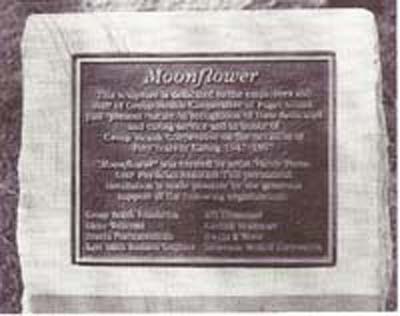
SS: How much do you participate in the content of each symposium?
VP: Very little. As long as they follow the guidelines I’m happy. Selection (of faculty) has to be done by committee. It’s like raising a family: sometimes you don’t know what you’re going to have to do each day. One major concern is learning to delegate, on all levels.
Publicity, which takes place in winter, now includes a global perspective; using the internet which has proved to be a wonderful thing for us. We’ve had a number of people contact us because of the NWSSA website.
The Board has recently created the Symposium Management Committee. As Director of Symposia, I felt I had a lot of authority, work and responsibility, too much for one person. I wanted more people in on the decisions about how we should manage things. They share authority with me.
I am redefining what I’m doing here. I hope that every year I’m alive I’ll be at Camp Brotherhood Symposium, carving stone, directing it, but I want to be there! Because of my plans to move, I need to change my involvement. That’s fair to me and to everyone.
SS: Are you investigating other symposium possibilities?
VP: As I’ve told the Board, I’d like to be part of development of Pacific Rim activity for us, in my retirement. Camp Brotherhood has always been titled an international symposium. So, I could be part of developing some of that scale, like in China, Hawaii, Japan, Viet Nam, or Mexico. We’re making contacts in those directions, though nothing is established. My focus for the group would be to do some research and development for other activities for us – for those people who want to go to another country and carve and have an international exchange. I love this development.
SS: From its origins, the events seem to evolve and grow every year.
VP: We’ve established four significant events. Within that development we’ve established significant relationships with vendors, with the art community, and with other institutions. The University of Oregon offers credit for the Camp Brotherhood symposium. (There are only two in the country which offer university credit.) We’ve established a high level of respect and trust among sculptors all over: Japan, across the US, Canada. We’re continually getting people from all over.
As far as my vision of it goes, we’ve all “visioned” it. We’ve had wonderful input from the individuals that come to us about the structure of the symposium. My role in that has certainly been a key role. The most important thing I always strive to maintain is to have a high quality time for people. It’s not “the Association” in bright lights, it’s the “individual” in bright lights. We’re setting a stage for you to come and be yourself, to be in a trusting environment, to be creative and be supported.
So, as we bring in certain instructors, or develop the program, Of the evening events, we continually keep in mind that we’re there for the individual person.
VP: The way I try to manage the committee is to continue to bring in new people to help develop it and give input. Yesterday we had a follow-up meeting from Camp Brotherhood in which four of us on the committee had read every critique. We looked at what worked and what didn’t. It was a nice two hour debriefing.
To review our history, we started out for three days in 1987 and 1989. I came on the Board in 1988 and was President in six months. I started managing that second symposium. Since we were a small group, the office and everything was at my home.

When I got the critiques from the second symposium, Tamara Buchanan said three days is not enough, we need a whole week, but we don’t want to camp out for the whole week. That’s when we started looking beyond the Beyer ranch in the Methow Valley, Eastern Wash. About 30 people were attending at that time. We carnped out and bathed in the river.
About six months later I found Camp Brotherhood while out on a drive. In a few weeks the entire Board came up to see it early in 1990. So, we did a seven day event in 1990 and 1991. We then did 10 days for two years. Then once for 14 days in 1994 and people felt it was too long. We then came back to a 10 day format. In the overall vision, we were trying to give people a long enough time to settle in. Ten days seems to work.
Every year we make changes. But, we try not to change too much. This year we had the power on some evenings for carving, which worked out well. In the overall perspective, we try to understand what the sculpture community’s needs are. The initial objective in ’87 was to camp out, carve stone, and have a good time. We brought our own food. We learned.
In subsequent gatherings there was an increasing expectation for this to be a sculpture “school in the woods” (teaching each other). People were invited to teach different topics.
In ’91 Vasily Fedorouk came (from the Ukraine) as part of the Goodwi II Games. This opened us even more to entertaining people internationally. So it’s been an ever-expanding bubble. As it grew, there seemed to be a synergistic movement in which people wanted to teach and share what they knew. This illustrated the meaning of “symposium” as a sharing of ideas.
Subsequently, we had tool and stone experts come out. So tile educational aspect has been a big push. We have to contain that somewhat because we have to think about the individual person who’s coming here to carve, and not be faced with a schedule of workshops all day long. We try to balance this.
We’re trying to meet the needs of those who are just learning, people we might meet through the Flower and Garden Show. Or people who come to us from the Whidbey Island experience, from a strictly hand tooling experience, and want to get a broader in-depth experience in one of the larger symposiums. So we always have a well supported beginners program. For others who want something more advanced, we bring in instructors with specialized workshops.
So who is this “one person” we want to keep in mind? They may be 80 years old. They may be eight. We ask, how can we support that “person”? How do we give them a quality experience, welcome them, and send them away enriched? And we do that.
SS: How do you speak to the needs of the more advanced sculptors?
VP: We have a number of members who are active professional sculptors, who’ve shown to the art community, they’ve done it. They know how to do it and how to talk about it. We have those people on board to rub shoulders with. Just to be in their presence, to know them, to understand what they’ve done, to work with them and to see them work.
All this is really important to me. I guess that’s why I’ve done it.
SS: Why is it important to you?
VP: I feel that more than any community I’ve been part of, the sculptors’ community is so tangible and fulfilling. It’s very nurturing. This is like my family. I see the important rolc I’vc had in it and the important role it’s had in me. So to divorce from that doesn’t seem right. I see myself reducing my involvement by 50% in 2000.
We will bring on another person to be Director of Symposia. We want to identify someone to be my assistant to !cam the job. It would be a bridging process over a two year collaborative effOIt.
We need someone who is willing to commit to a long term involvement as a leader in the symposium process, at least for the next few years. Someone with skills in networking with groups, planning art events Of workshops. Someone with a passion for the stone. Someone who has the time and the passion to do this. Someone who’s flexible, who understands the symposium concept. It is a paid position (a stipend is negotiated with the Board).
It is going to be important to find the right person. It’s going to be a very timely thing. Also, we’ll be looking for another member of the Camp Brotherhood Committee.
SS: Many heartfelt thanks, Victor!

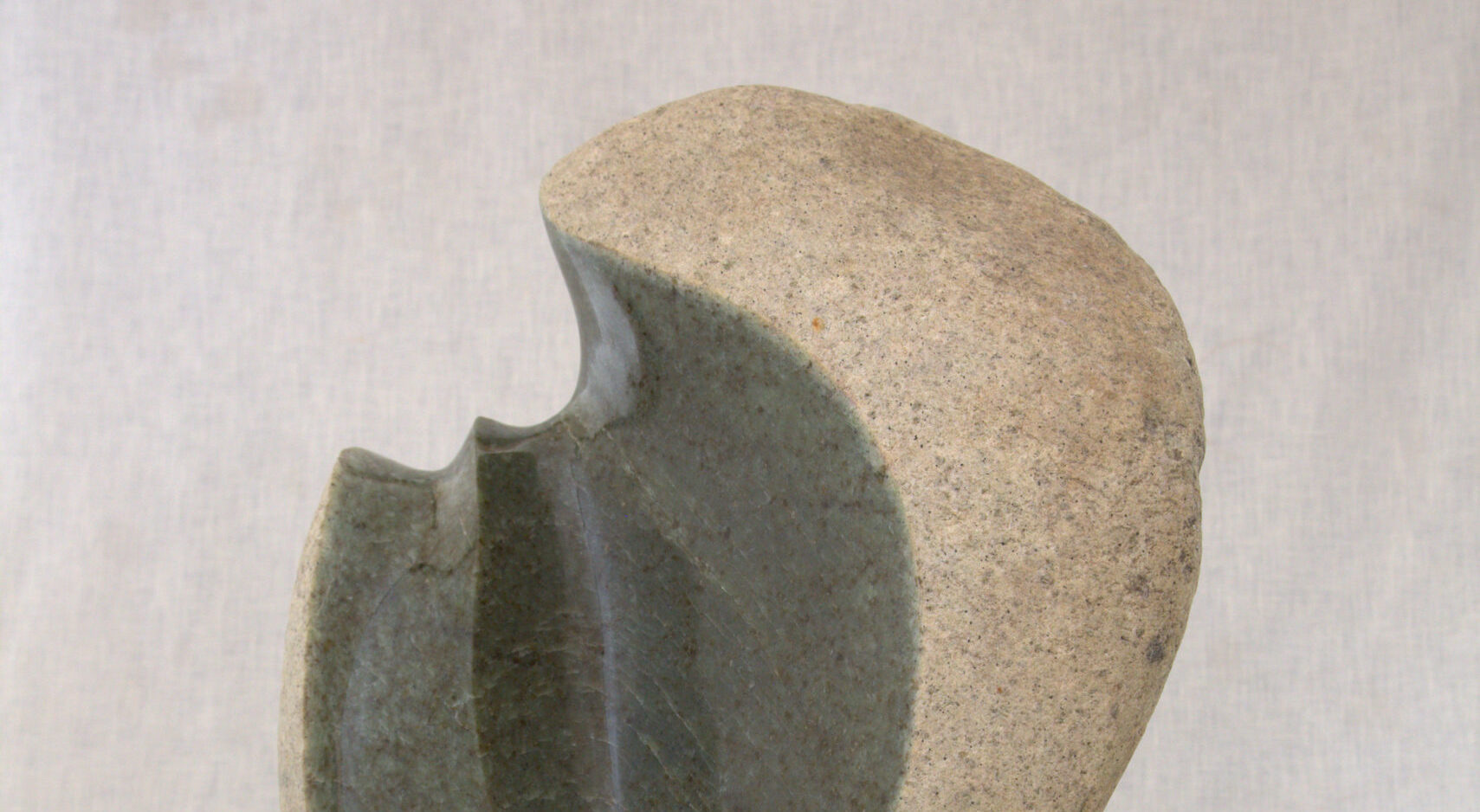

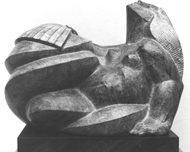

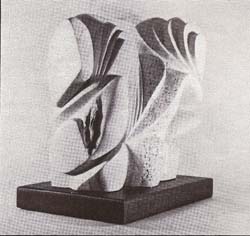

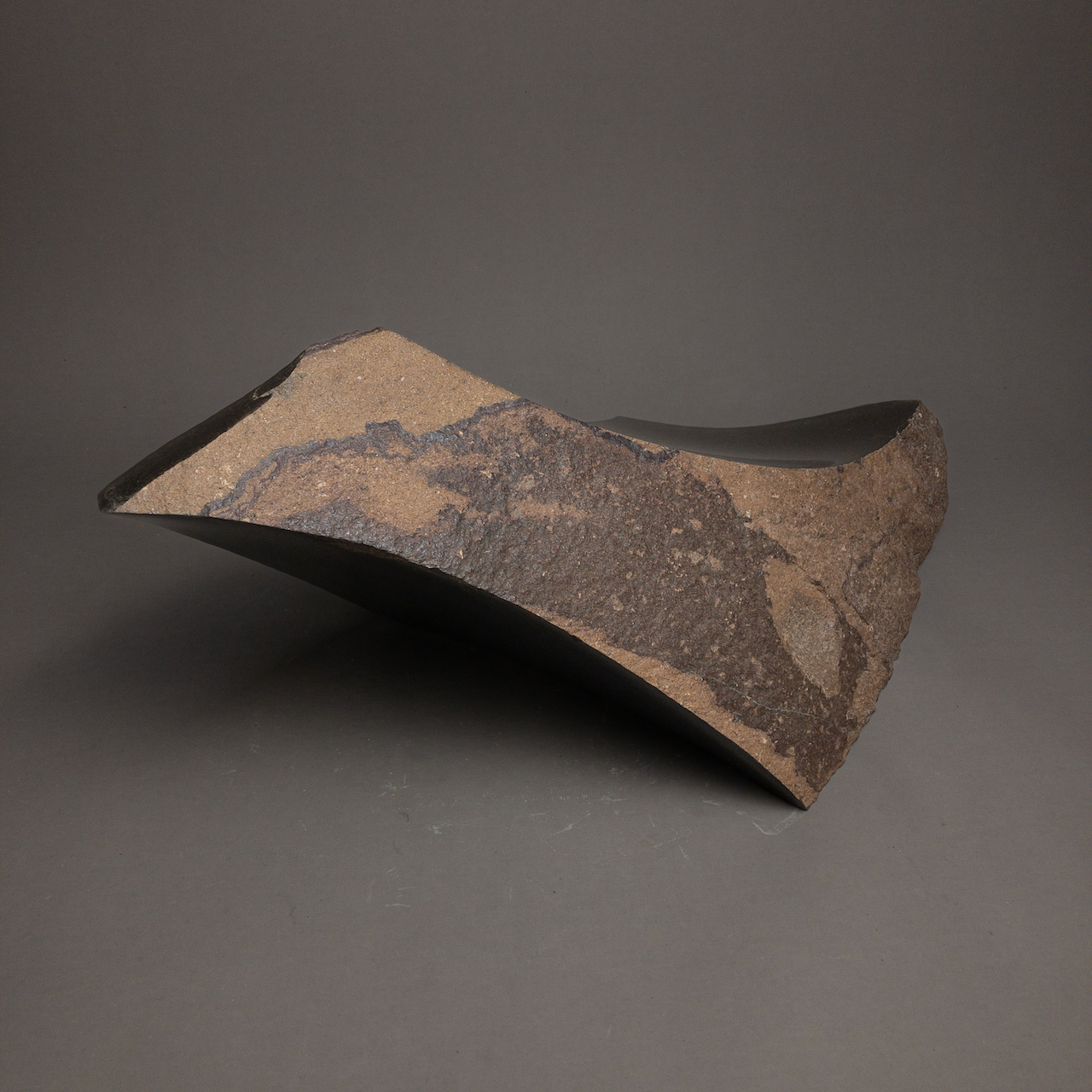

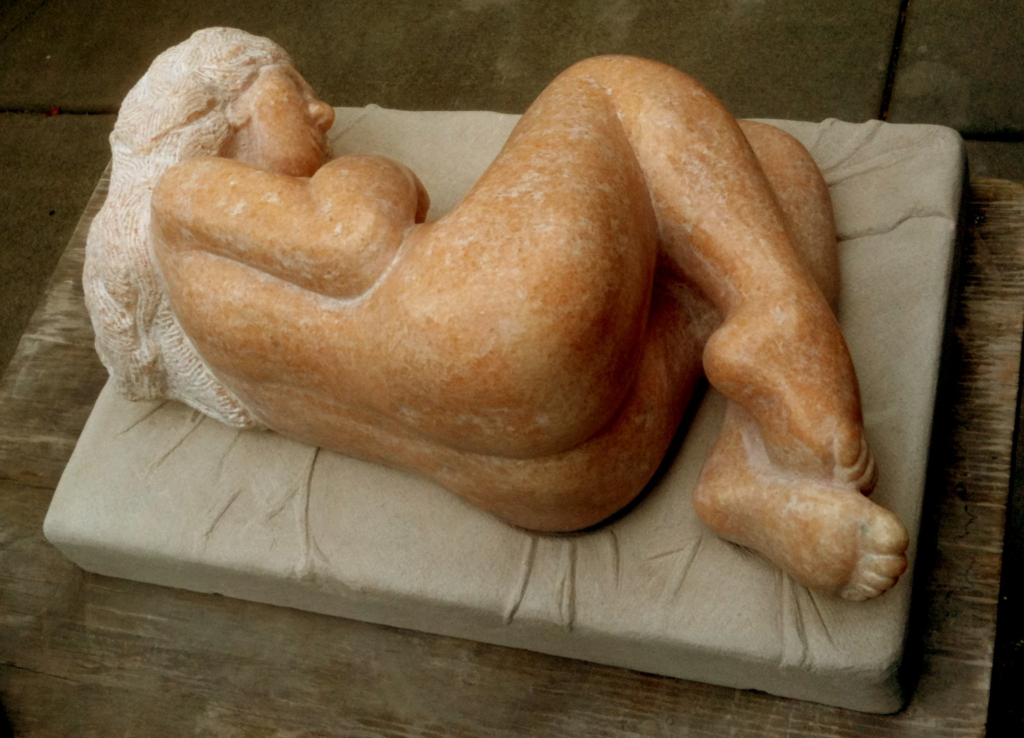

We need some kind of descriptive text here.